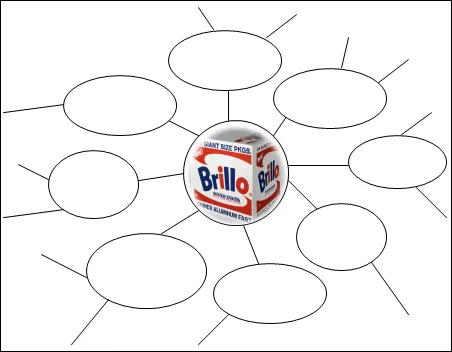Unit: Critical Response
Lesson 3: Tastes and Biases

Vocabulary
- Taste: a personal preference or liking.
- Bias: a preference or an inclination that inhibits impartial judgment.
- Implicit bias: the attitudes or stereotypes that affect our understanding, actions, and decisions in an unconscious manner.
Materials
- Powerpoint: Critical Response (slides 11-15)
- Ground Rules for Taste and Bias Discussion handout
- Musical Tastes and Biases handout
- Art Tastes and Biases handout
- Visual images, printed out or digitally displayed: Warhol’s Brillo Boxes and art/music of students’ choice
Assessment
The following assessments can be used for this lesson using the downloadable assessment rubric.
- Aesthetics 1
- Aesthetics 2
- Aesthetics 3
- Communication 2
- Communication 3
- Critical thinking 1
- Critical thinking 2
- Critical thinking 3
- Critical thinking 4

